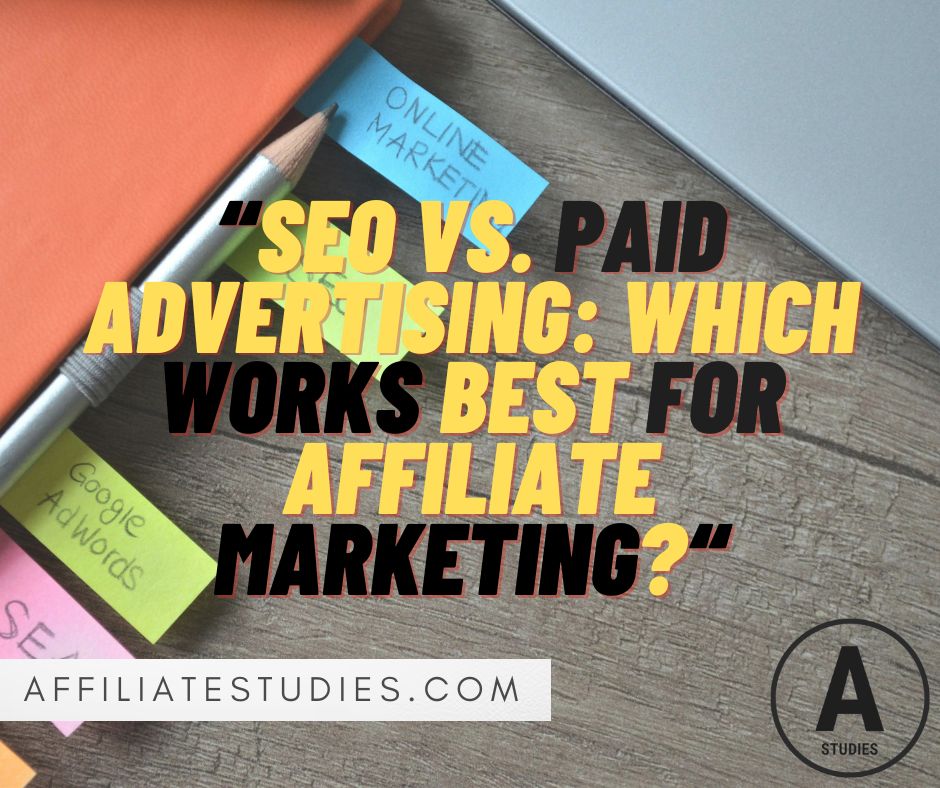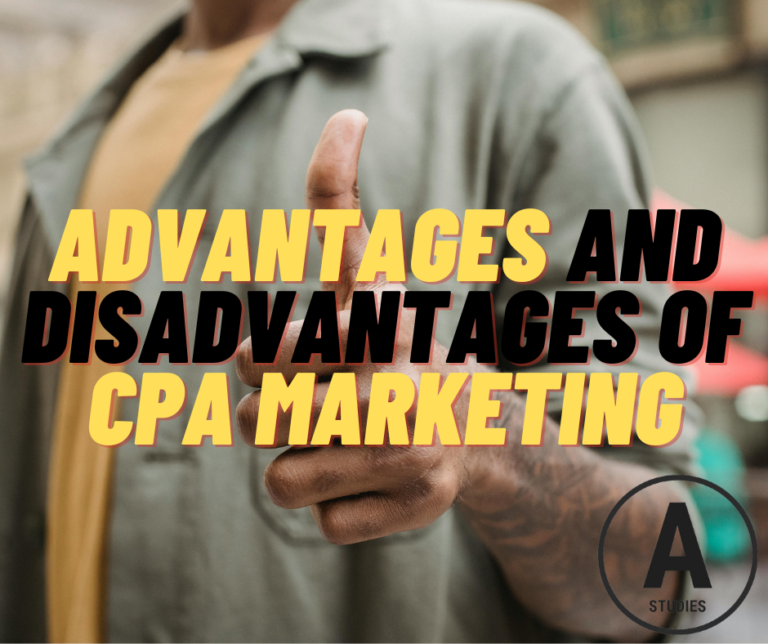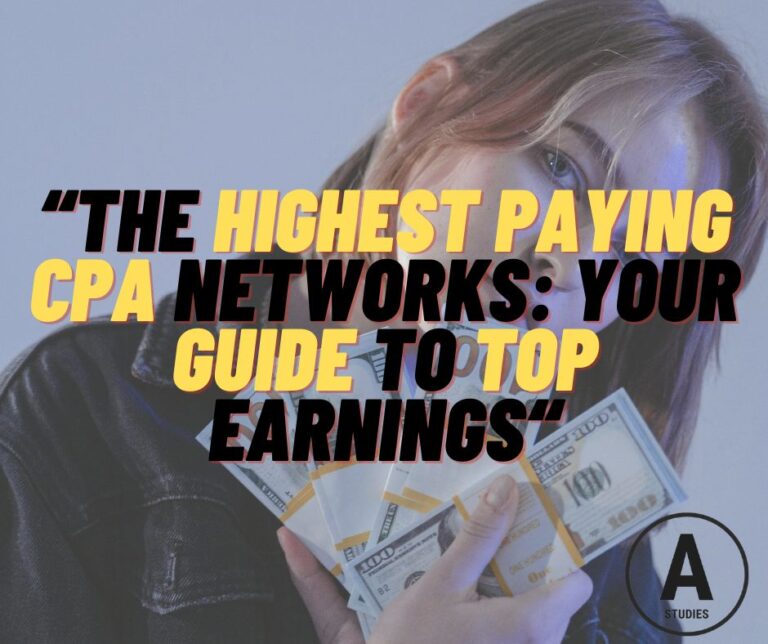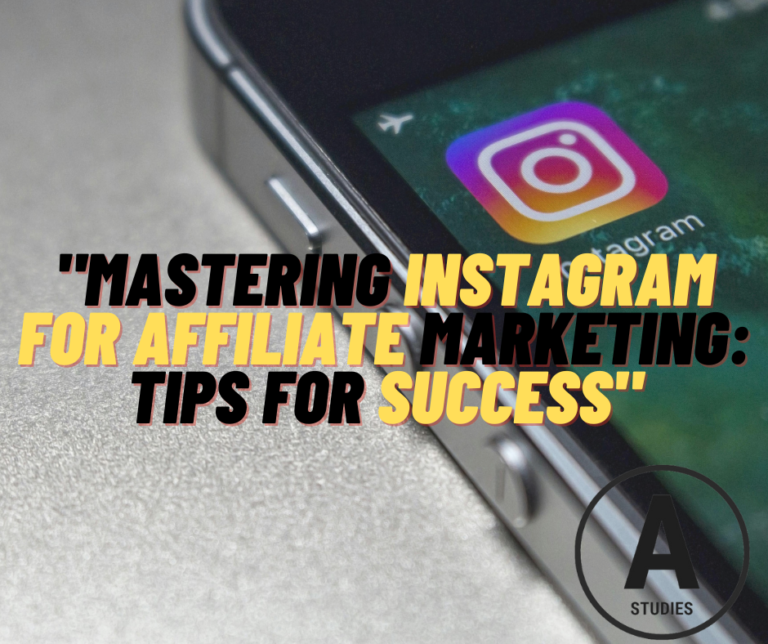SEO vs. Paid Advertising: Which Works Best for Affiliate Marketing?

Understanding SEO for Affiliate Marketing
Search Engine Optimization (SEO) plays a crucial role in affiliate marketing. It involves optimizing your website content to rank higher in search engine results, making it easier for potential customers to find your affiliate offers. By using relevant keywords, quality content, and improving user experience, you can drive organic traffic to your site without spending a lot on ad placements.
In affiliate marketing, good SEO practices help you tap into free traffic sources. This organic engagement is crucial as it builds trust and authority over time, ultimately leading to better conversion rates.
Key Components of SEO
- Keyword Research: Identifying phrases and terms that potential customers are using in search engines.
- On-page Optimization: This includes improving website content, meta-tags, headers, and images to be SEO-friendly.
- Off-page Optimization: Building backlinks from reputable sites can enhance your site’s credibility.
- Technical SEO: Ensuring your website is easy to crawl and index by search engines can boost your rankings.
The Benefits of SEO
Adopting SEO for affiliate marketing brings several advantages:
- Cost-Effectiveness: While it may require time and effort, SEO is generally cheaper than ongoing ad spend.
- Sustainable Results: High rankings can attract visitors without continual investment.
- Targeted Traffic: SEO helps in attracting users who are actively searching for products or services you offer, leading to higher conversion rates.
By leveraging these benefits, affiliate marketers can build a sustainable online presence.
Exploring Paid Advertising
Paid advertising, such as Pay-Per-Click (PPC) campaigns, can deliver immediate traffic to your affiliate offers. With platforms like Google Ads and Facebook Ads, you can target specific demographics and interests, putting your offers right in front of potential customers.
Unlike SEO, which can take time to yield results, paid advertising can generate traffic almost instantly. This makes it an attractive option for those looking to see immediate returns.
Types of Paid Advertising
- Search Ads: These appear at the top of search engine results for specific keywords.
- Display Ads: Banners or images shown on various websites targeting particular audiences.
- Social Media Ads: Promotions on platforms like Facebook, Instagram, and LinkedIn to reach a wider audience.
Advantages of Paid Advertising
Utilizing paid advertising in your affiliate marketing strategy offers several benefits:
- Immediate Traffic: You can start seeing visitors to your site as soon as your ad is live.
- Detailed Targeting: Paid ads enable precise targeting based on user behavior, demographics, and interests.
- Testable Results: You can easily track the performance of your ads and adjust your strategy according to what works best.
While paid advertising can lead to quick wins, it is important to manage your budget effectively to avoid overspending.
Comparing SEO and Paid Advertising
When deciding between SEO vs. Paid Advertising for affiliate marketing, there are several factors to consider:
Cost
- SEO: Initial investments may be low, but it requires ongoing effort.
- Paid Advertising: High up-front costs but offers immediate results.
Timeframe
- SEO: Takes time to build momentum and achieve high rankings.
- Paid Advertising: Instant traffic and results.
Longevity
- SEO: Results can last for a long time if maintained properly.
- Paid Advertising: Benefits cease as soon as you stop paying for ads.
Conversion Rates
- SEO: Attracts users looking for genuine solutions, potentially leading to higher conversions.
- Paid Advertising: Can generate higher traffic volumes but may attract less-interested visitors if not targeted properly.
Choosing the Right Strategy
The choice between SEO and paid advertising often depends on your specific goals, budget, and timelines.
- For Long-Term Growth: If your goal is to build a sustainable affiliate marketing business, investing in SEO may be a better approach. While it requires patience, organic traffic can provide consistent results over time.
- For Short-Term Results: If you need immediate results and have the budget to invest, paid advertising can be effective in driving quick traffic to your offers.
Many successful affiliate marketers utilize a combination of both strategies. By optimizing your site for SEO while utilizing paid ads as a boost, you can maximize your reach and effectiveness.
Conclusion
Ultimately, both SEO and paid advertising carry their own merits and drawbacks in the affiliate marketing space. Understanding the differences, benefits, and best applications of each can help you find the right balance for your business.
Regardless of the route you choose, remember that success in affiliate marketing often lies in providing value to your audience. Engage with them genuinely and strive to offer solutions to their problems. Whether you lean towards SEO, paid advertising, or a blend of both, staying focused on user needs will greatly increase your chances for success in affiliate marketing.
If you’d like to share your experiences or have questions about SEO or paid advertising for affiliate marketing, Feel free to comment on our social media!
How Do You Start Affiliate Marketing on Instagram: A 2025 Guide for Beginners






